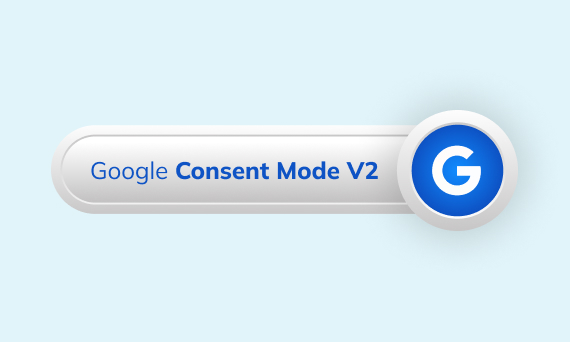Contact Us

22.08.2022
You can find out which campaigns and channels improve your business performance. It is essential to have precise data on these contributions to innovate, improve and grow your marketing efforts.
Different sources and channels like subscriptions and sales which cause conversions can be determined. Contribution can be caused by more than one channel or source until the conversion is complete. Google Analytics Attribution(BETA) allows you to track users’ paths until a completed conversion.
Suppose that you have a potential customer as a mobile phone supplier.
If we wanted to analyze the channel that generated the conversion with Last non-Direct Click (Google Analytics default attribution model), we would have seen it as a Display. However, there are many channels that contribute to the conversion.
The Google Analytics Data-Driven Attribution model assigns credits to these paths. In the Attribution(beta) model, there are two types of attribution models: Rules-based Attribution Models and Data-driven Attribution Models.
Rules-based attribution models apply predefined rules regardless of conversion type and user behavior which are:
The data-driven attribution model, distributes credit using your account data with the help of machine learning algorithms.
It compares occurred and potential conversions using a counterfactual approach to determine the probability of resulting in conversion. All your marketing efforts are taken into account when crediting touch points. With Google’s Machine Learning, each channel’s value on conversion is more accurately determined.
In, GA3 data-driven attribution controls only the last four touch points, GA4’s touch points are being up to fifty. As follows all the marketing activities can be measured more precisely.

The data-driven attribution model and the Last Non-Direct Click (Google Analytics default attribution model) model can be compared as above.
In summary, the Data-Driven Attribution Model, dissimilar to other attribution models, gives credit to each touchpoint based on its impact on the realization of a conversion. The use of Google Machine learning is a more reliable approach to more accurately describe the customer journey, and provides a great deal of information on how the management of marketing campaigns can be changed and improved.
Notes:
Perfist Blog
Similar Articles

With the transition from Universal Analytics to Google Analytics 4, there may be some issues you need to resolve. One of these issues is “unassigned” traffic. Dimensions appearing as “unassigned” / (not set) in reports negatively impact your ability to analyze and optimize. We will discuss the causes of “unassigned” traffic in your GA4 reports […]
Read More
Beginner Level Web/App Analytics
Earlier this year, Google Cloud announced that BigQuery data warehouse supports automatic data transfer from Facebook Ads. In its preview stage, this feature offers an alternative way to enhance analysis and insights by allowing the scheduling of data loading tasks. With this integration, the need for third-party tools or manual code execution is eliminated. This […]
Read More
Mid Level Web/App Analytics
By combining the app and web data in Google Analytics 4, app analysis has become more easily trackable. Firebase Analytics allows you to easily track your iOS or Android app with GA4. With numerous different tools available for mobile app tracking, being able to see both web and app data within the same property is […]
Read More
Mid Level Web/App Analytics
Businesses want to use as much data as possible from analytics and marketing cookies. However, in order to collect and use this data, they need to comply with laws such as KVKK/GDPR. By enabling Cookie Mode, Google helps to use cookies according to the level of consent. In other words, with Cookie Mode, users’ privacy […]
Read More
Mid Level Web/App Analytics